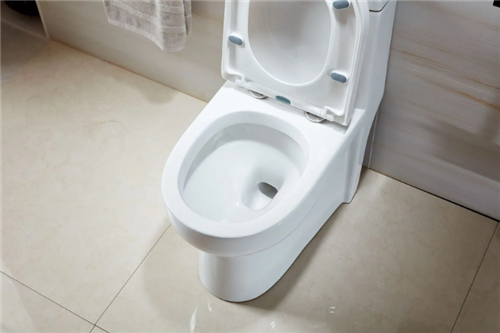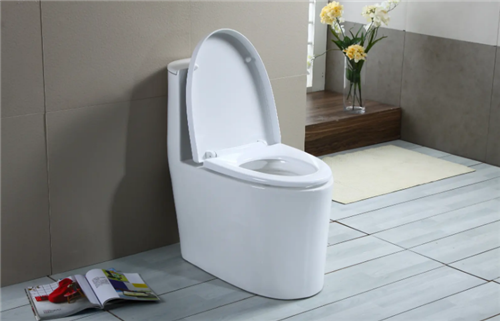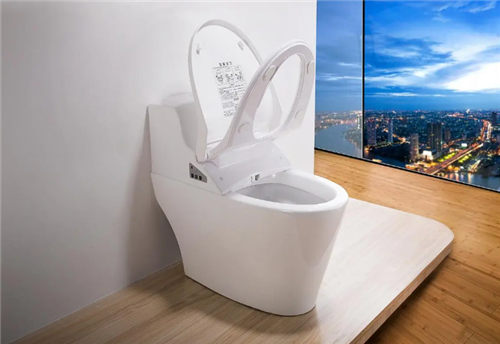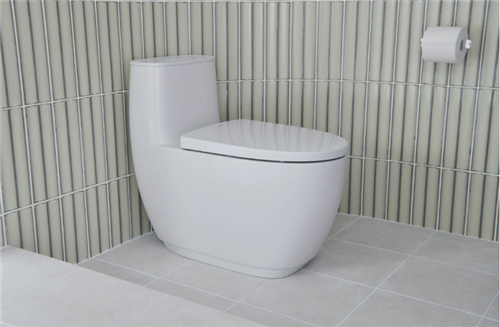Welcome To Hawkrown Professional
Are You Visiting As A Business Buyer (wholesaler/retailer) Or A Homeowner?
Business Buyer
Continue Here >Homeowner
Shop Retail Store >
Home / Blog Center / Chargers / Understanding the Various Ways to Flush a Toilet
23/12/2024 | Hawkrown
As we all know, toilets are essential in every household, but with various flushing methods available on the market, many people may be unsure about what to choose. So, how many types of toilet flushing methods are there?
Exploring the Different Types of Toilet Flush Systems:
1、Siphonic Flushing
A siphonic toilet uses the difference in water levels to generate suction, which helps to remove waste. Its drainage pipe is shaped like an S-curve, and the amount of water at the bottom of the toilet is larger than that of a washdown toilet. Because this method relies on suction, it operates relatively quietly. However, a disadvantage is that this principle requires a higher water level, leading to more water consumption compared to direct flushing toilets. Additionally, the narrow and long pipes of siphonic toilets are prone to clogging, so it's advisable to have a toilet basket for sanitary paper rather than disposing of it directly in the toilet.

2、Jet Siphon
The jet siphon is an improved version of the siphonic toilet. It has a jet channel at the bottom that releases an additional flow of water during flushing. This dual flow enhances the toilet's flushing power, while still retaining the noise advantage of the siphonic design, making it a relatively quiet toilet fixture.

3、Vortex Siphon
This is another type of siphonic toilet that operates on the same principle to flush waste. Its pros and cons are similar to those of siphonic toilets, but it is even quieter during operation. The water outlet is located at the bottom of the toilet, and during flushing, the water forms a vortex, swirling and layering as it cleans, which enhances the flushing effect. However, it has a weaker flushing power compared to jet siphon toilets due to lower water pressure.

4、Washdown Flushing
The washdown toilet utilizes powerful instantaneous water pressure to flush away waste. The walls of the bowl are steeper, resulting in less water accumulation inside, which allows the surrounding water to exert strong downward pressure, effectively cleaning the waste in the drainage pipe. The advantages of washdown toilets include a simple drainage design with short and thick pipes, making it less likely to clog, and they are also water-saving.

In conclusion:the above is an introduction to the various flushing methods available for toilets. For those interested in learning more, please continue to follow Hawkrown.com, where we will provide you with more exciting content in the future.
Are You Visiting As A Business Buyer (wholesaler/retailer) Or A Homeowner?
Business Buyer
Continue Here >Homeowner
Shop Retail Store >